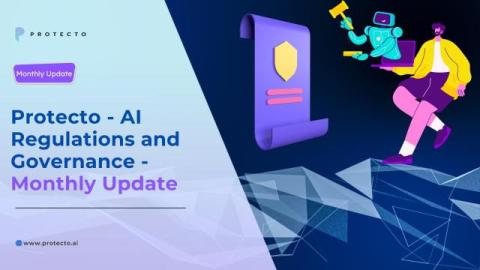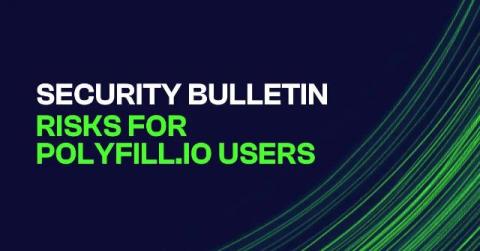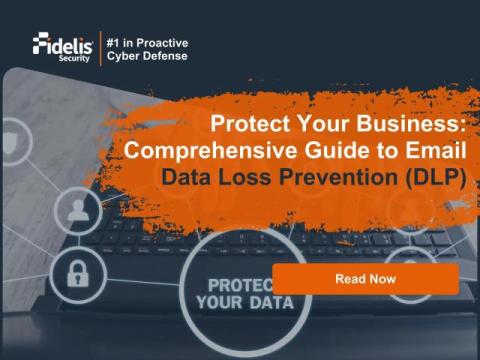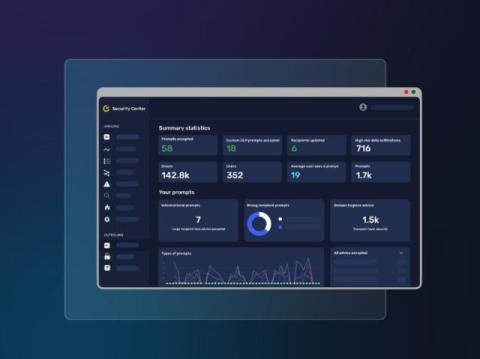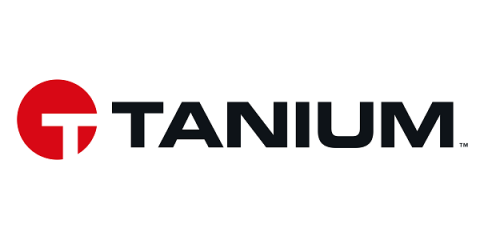Splunk Ranked Number 1 in the 2024 Gartner Critical Capabilities for Security Information and Event Management
In addition to Splunk’s recognition as a 10-time Leader in the 2024 Gartner Magic Quadrant for Security Information and Event Management (SIEM), we are extremely proud to announce that Splunk was ranked as the #1 SIEM solution in all three Use Cases in the 2024 Gartner Critical Capabilities for Security Information and Event Management report.



